TECH TUESDAY: Why rake rules in Mercedes, Ferrari and Red Bull's design philosophies

Mercedes, Ferrari and Red Bull have all won races this year. And yet the three cars gunning for supremacy in the 2018 Formula 1 World Championship all go about their business in very different ways. Here, our crack tech team of Mark Hughes and Giorgio Piola explore the subtle art of rake…
In the second year of the wide body/big tyre F1 cars, teams have fine-tuned their initial responses to the regulation change in terms of layout and aero philosophies. The top three teams, Mercedes, Ferrari and Red Bull, illustrate the differences in basic philosophy, as well as in how they have each tweaked these layouts in between the 2017 and 2018 seasons.
The choice of wheelbase is inextricably linked to the aerodynamic philosophy regarding rake angle. A high-rake car will generate more underbody downforce from its underfloor than a low-rake car of the same floor area. It does this because of the expanding space behind the tiny gap between the floor’s leading edge and the track surface. The angle of the floor means the area between floor and ground expands as it goes back. That expansion leads to a decrease of air pressure that the oncoming air rushes to fill, effectively sucking the car to the ground. The faster the air moves, the more downforce is created. The downforce created by the floor is a function of the negative air pressure multiplied by the area that pressure is working upon (i.e. the area of the floor). So to get an equivalent downforce from a low-rake car will require a bigger floor.
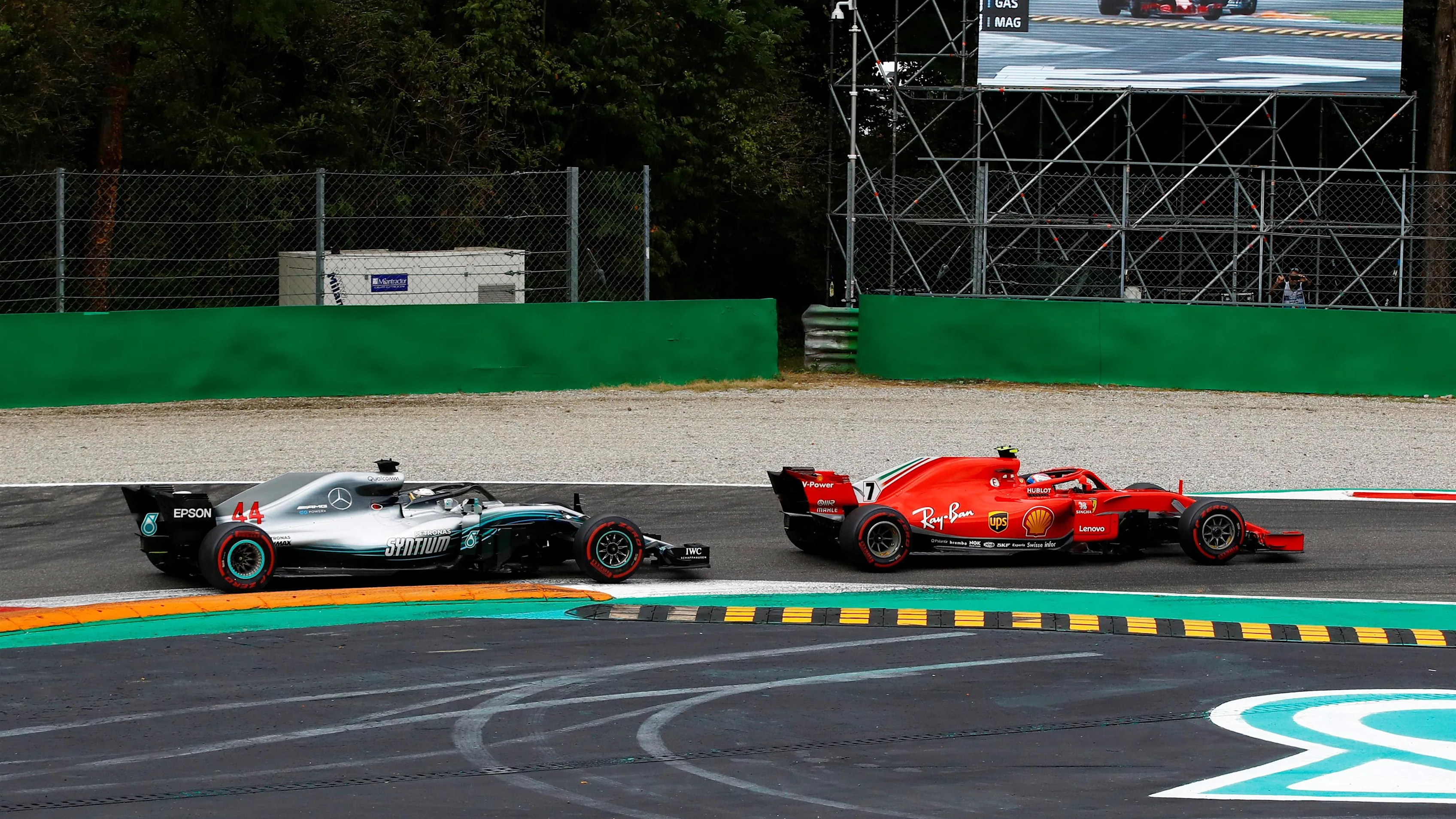
The Mercedes of both 2017 and 2018 are low-rake cars. The Red Bull and Ferrari are relatively high-rake cars. Hence the Mercedes has a longer wheelbase (in order to give a longer floor) than either of its rivals. The wheelbase of last year’s Mercedes W08 and this year’s W09 is identical – although the team has pushed its development in the direction of slightly higher rake. Typically, last year’s Mercedes rake angle was around 0.9-deg, whereas this year’s is more like 1.2-deg. This is still a significantly shallower angle than used on either Ferrari or Red Bull.
The advantage of a low-rake car is that its downforce will come with less penalty in drag (i.e. it is more aero-efficient) and its centre of gravity will be lower, which helps with both performance and tyre degradation. The downside is that it will need to be longer, and therefore heavier. This means there will be less ballast with which to adjust the weight distribution to suit any particular circuit.
The opposite extreme to Mercedes in approach is the Red Bull. Last year’s RB13 was around 19cm shorter (around 5%) in wheelbase than the Mercedes. With this year’s RB14, the team increased the wheelbase by just over 1cm, in order to minimise the centre of gravity height increase brought by the introduction of the halo. But that still leaves it as a much shorter car than the Mercedes. Conversely, it runs a much higher rake angle – typically around 1.9-deg. This is up significantly from last year (which was around 1.6-deg).
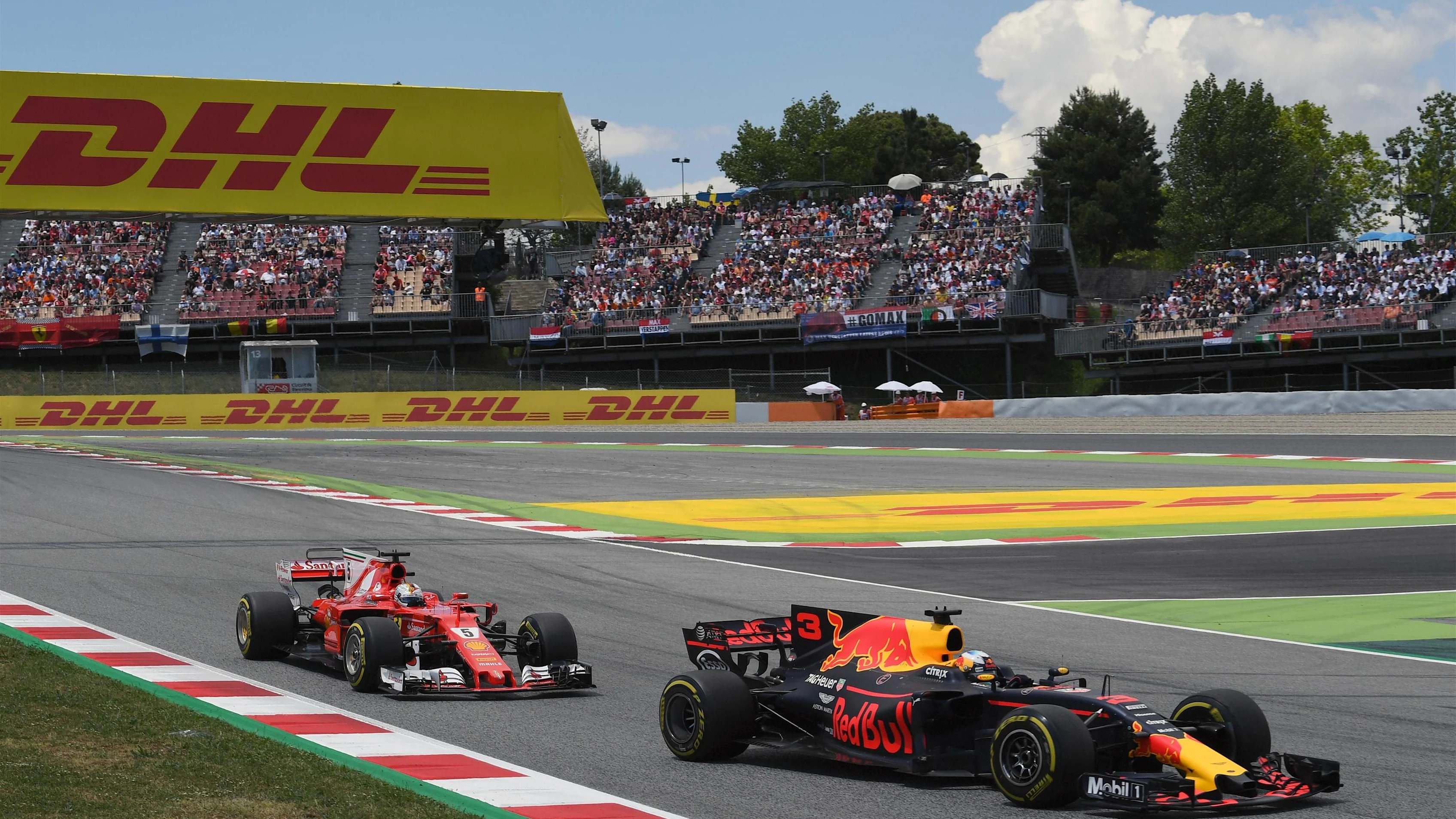
Ferrari last year fully embraced Red Bull’s high-rake philosophy with a car that was only around 5.5cm longer (i.e. around 13.5cm shorter than the Mercedes). It usually ran at a rake angle of around 1.5-deg, only slightly shallower than Red Bull. But the team was so successful in paring weight from the car that it ended up with more ballast than was needed to give the full range of weight distribution allowed in the regulations. It was therefore surrendering some downforce by having a shorter floor than was strictly necessary. As a consequence, Ferrari increased the wheelbase by around 2.5cm for this year’s car. This puts it around 7cm longer than the Red Bull RB14 but still 10cm short of the Mercedes. It has retained a similar rake angle to last year’s car of around 1.5-deg. Red Bull, despite being shorter than Ferrari last year, was actually heavier (pre-ballast), so did not have the same scope to increase wheelbase.
Comparisons between the performance of the cars are skewed by the differences in power units, but the Mercedes and Ferrari have proved extremely closely-matched despite their quite different philosophies. The Red Bull was dominant at Monaco, where its responsiveness and low-speed downforce paid off and the higher drag of its concept wasn’t really punished because of the track’s low speeds.
Next Up
Related Articles
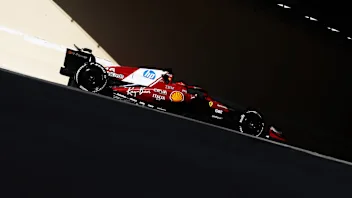 Ferrari confirm launch date for 2026 campaign
Ferrari confirm launch date for 2026 campaign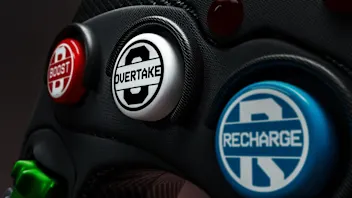 EXPLAINED: The key terms for F1’s new-for-2026 rules
EXPLAINED: The key terms for F1’s new-for-2026 rules ExclusiveVesti on life as Mercedes reserve and his F1 plan
ExclusiveVesti on life as Mercedes reserve and his F1 plan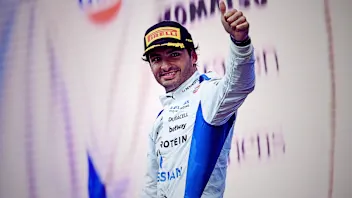 ExclusiveWhy Sainz feels ‘vindicated’ after his first Williams year
ExclusiveWhy Sainz feels ‘vindicated’ after his first Williams year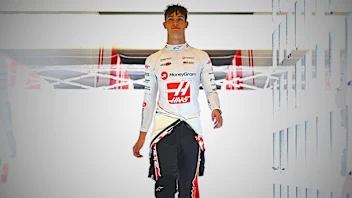 ExclusiveHow Bearman went from super-sub to star rookie in 2025
ExclusiveHow Bearman went from super-sub to star rookie in 2025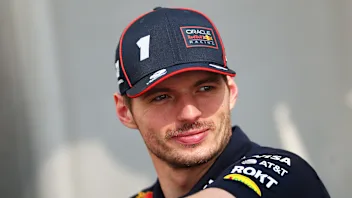 Verstappen reflects on Mercedes talks and F1 future
Verstappen reflects on Mercedes talks and F1 future